Content Sections
Take a trip through any supermarket and you’re likely to be dazzled and seduced; bombarded by the seemingly unlimited choice of ready-to-eat, drink or plastic-wrapped products. Food manufacturers have mastered their art and know just how to draw us in, pushing foods in their whole state to the very margins. As our reliance on ultra-processed foods (UPF) has grown, many of us appear to have lost touch with our food, cooking less from scratch, while becoming ever more addicted to food that’s not really food. As with all addictions, it comes at a price, with a swathe of non-communicable diseases spiralling out of control. So, when a new study hit the headlines, drawing a link between a diet high in UPFs and an increased risk of developing cancer, should we really be all that surprised?
What is ultra-processed food?
Unknown as little as 50 years ago, ultra-processed foods now make up a big part – sometimes the majority - of our diets and the foods on our supermarket shelves. These are products that began innocently as natural foods or their constituents, but have gone through multiple industrial processes and have been pumped full of additives such as colours, preservatives, sweeteners, sensory enhancers – but generally little in the way of nutrients. Many UPFs attempt to imitate the foods from which they originated, but more often than not they are far removed in terms of their nutritional composition and profile.
It could certainly be argued that the vast majority of the food most people eat each day is processed in some way or another. However, there is a huge difference between minimally processed nutrient-rich foods used for cooking or food preparation in the home kitchen as compared with the industrial-scale processing methods that result in UPFs. The invasion of these ‘foods’ into our everyday lives is so widespread that a new classification system has been created by a group of Brazilian nutrition researchers and epidemiologists to describe them. Their advice – avoid UPFs!
The NOVA classification of ultra-processed food and drink products
Source: Monteiro CA, Cannon G, Levy RB et al. NOVA. The star shines bright. [Food classification. Public health] World Nutrition, January-March 2016; 7 (1-3): 28-38.
Dr Monteiro et al’s advice on ultra-processed food products
Source: as above
Following are two general rules that can be taken from the NOVA work that includes a wealth of work outside of Brazil including in Europe, that reveals the havoc UPFs are causing by driving non-communicable diseases:
1) the more you process foods, the more you damage and distort them.
2) the more ultra-processed foods you eat, the less nutritionally balanced foods you eat.
Where’s the harm?
Alongside the fact that UPFs generally have limited nutritional benefit they also contain the potential to wreak havoc on your health - and the list of possible risks is a long one.
When you ultra-process foods, nutrients like vitamins are often lost, the profile of fatty acids distorted and proteins are denatured. Complex carbohydrates comprised of long glucose chains are broken down into mono- and di-saccharide units that are sugars and cause our blood sugar levels to spike each time we eat them. That increases our risk of insulin resistance and both type 2 and type 3 diabetes (Alzheimer’s disease).
Many starchy carb snacks are fried or baked then covered with a cocktail of addictive additives and flavourings that have us wanting more. These seemingly delicious snacks that may have been extruded at unimaginably high temperatures are often high in acrylamides and polycyclic aromatic hydrocarbons, both of which are known to increase cancer risk. These are just a few examples of a much further reaching problem that is subversively impacting our diets with each coming day.
The International Agency for Research on Cancer (IARC) has labelled processed meat as carcinogenic to humans after finding sufficient evidence that the risk of colorectal cancer can be increased by as high as 18% daily! Highly refined carbohydrates and added sugar contribute to weight gain and obesity. Additives such as emulsifiers, organic solvents, microbial transglutaminase, gluten and nano-particles are regularly used by the food industry rather ironically to improve the seeming quality of their product. Despite the claims otherwise, these substances have repeatedly been linked to health issues such as allergic reactions, leaky gut and autoimmune disease and cancer. Furthermore, damaged and trans fats have been attributed to cardiovascular disease and type 2 diabetes. If that wasn’t enough, a diet high in UPFs has also been shown to promote inflammation and damage to the immune system.
Still feeling up for that plastic or foil wrapped ready-made snack?
Too good to give up
The real problem is that most UPFs taste good - really good! Scarily, most have been designed to hit the ‘bliss point’, which essentially means that you gain maximum pleasure from eating them but are left wanting more and more and more. Eating them distorts the complex leptin/ghrelin regulation system that is central to our ability to properly regulate energy intake, satiety and hunger. We end up full of food, but we stay hungry and want to eat more. We’re seduced by the ease of use and choice among UPFs – plus they’re available on every street corner, literally.
Given the stress in our lives, many of us also believe we should be able to treat ourselves. As kids, we’ve accepted that we were always rewarded with foods that were intrinsically bad for us. As adults, the habit continues. We often know that such foods are bad for us, but we can’t, won’t or even flatly refuse to give them up. Recent research has highlighted the high levels of UPF bought by European households - and in the US, UPFs account for more than half of all calories consumed.
So, in the face of all the evidence pointing at their grave negative effects, how do these UPFs keep slipping through our net?
A smoking gun!
The tobacco industry did it, the food industry continues to do it with great success! Addiction is part of it – and distorting or ignoring the emerging science is another big part of it. It’s surprising how much can be brushed under the carpet when you’ve bought the loyalty of scientists and public health organisations to help influence government guidelines. Far from being independently scientifically based, ‘healthy eating’ guidelines are just as much a political statement of the power and influence of the food industry. Big Food’s hold is alarming, often not acknowledged in political high places and is certainly not recognised by the average consumer. Powerful industry lobbies easily pull well-meaning advisory panel recommendations to pieces as the various players jockey for position to blunt and manipulate the language used in dietary guidelines, all in an effort to retain market share.
Find out which 10 companies own everything most people buy in the supermarket.
In the meantime, slick and well-orchestrated marketing campaigns often target children for their ability to influence parental purchasing decisions. Just think of the bombardment of mascot-led breakfast cereal commercials from a few years back, now thankfully a little more subdued. That vein of marketing has significantly changed our values. It’s shaped us to assume if we get a takeaway or ready-meal it will save us time, stop arguments, keep everyone happy and that it’s cheaper overall. As chronic disease levels rise we’re told to eat low fat, low sugar or even just smaller versions of the very foods causing the problem in the first place. These piecemeal advisories that are intended to maintain Big Food’s ‘business as usual’ approach have done absolutely nothing to dent the spiralling rates of obesity and metabolic diseases.
Cooking - optional
Sadly, families rarely eat together today. In the UK, only 1 in 5 people cook from scratch on a regular basis. Additionally, in the US, just 10% of people professed to even love cooking. Time spent in the kitchen is no longer necessary to feed ourselves and we’re quickly losing the skills required to prepare food from scratch at home. Who has the few minutes to spare when we can easily whip out an app to order a takeaway or choose a meal from the plethora of ready-to-eat supermarket foods now available. Going out to eat is no longer an occasional treat, but the growing norm.
It’s often stated that it's cheaper to buy processed foods and a quick trip to the supermarket can buy a whole meal for less than buying fresh, whole ingredients. Conversely, it’s also possible to buy whole foods that work out significantly cheaper than supermarket ready-made or take-away meals – but sadly this isn’t a skill kids are learning in ‘food technology’ lessons at their schools. Are those one-off, simple meals really as cheap or as nutritious as we think though? What’s the true cost of the mass production of cheap UPFs? Economies of scale may mean the price we pay for an individual food item is low, but it doesn’t take into account the use of energy, resources, impact of cheap labour and branching environmental damage. For those who like to shop ethically, there’s a much larger impact at play behind the scenes, despite the cheery, enthusiastic packaging slapped on top.
Take-out? Take Home!
It’s never too late to learn to cook or prepare foods from scratch while experiencing the incredible effects of wholesome foods – as nature intended – on improving health, wellbeing and resilience. Even more important is the need to teach our children, reducing their reliance on UPFs and improving their future health. Not only is it nowhere near as daunting or intimidating a task as some people think, cooking can actually be an incredibly fun and great way to bring social groups and families together. As the old adage says, teach someone to fish and you feed them for a lifetime! Parents lead by example, but there’s plenty that can be done at school.

Oddly, In UK secondary schools ‘food technology’ is still categorised under Design and Technology which emphasises the technological aspects of cooking, rather than the biological and nutritional aspects of food. It would surely be far better to think of ‘food science’ as a subset of biology, given its role in nutrition. It could also be considered under personal, social, health and economic (PSHE) education, but presently this is non-statutory in the UK. Such gaps in educating children on the importance of home cooking in opposition to processed food indulgence not only extenuates a culture of bad eating, it starves them of one of humankind’s most essential and ancient skills!
Ultimately it would be far better to develop an entirely new category of Lifestyle Education that was statutory, with nutrition and food preparation considered, but divorced from some of the current concepts built into national ‘health eating’ guidelines (e.g Eatwell in the UK) that still encourage consumption of highly-processed and even ultra-processed foods.
If Dr Rupy Aujla and others like him have their way, much needed community kitchens will be attached to GP surgeries in future to teach patients how to cook from scratch and reduce their reliance on drug therapies.
With increasing acceptance that the downstream consequences of bad diets and lifestyles are the most important, preventable causes of the disarray within the mainstream healthcare sector that now threatens its viability, it is clear we need to do something more concrete, multi-layered and effective than what has been done to-date.
Our view is that public health policy will not deliver the answers the public need because it is too often warped by big business interests that are more about profits and bliss points. More than anything, we need to get back into our home kitchens and cook or prepare most of our foods from scratch using whole, unprocessed ingredients.
For more information on using unprocessed ingredients for healthy eating check out our Food4Health guidelines. For kids under 6, see our Food4Kids guidelines.




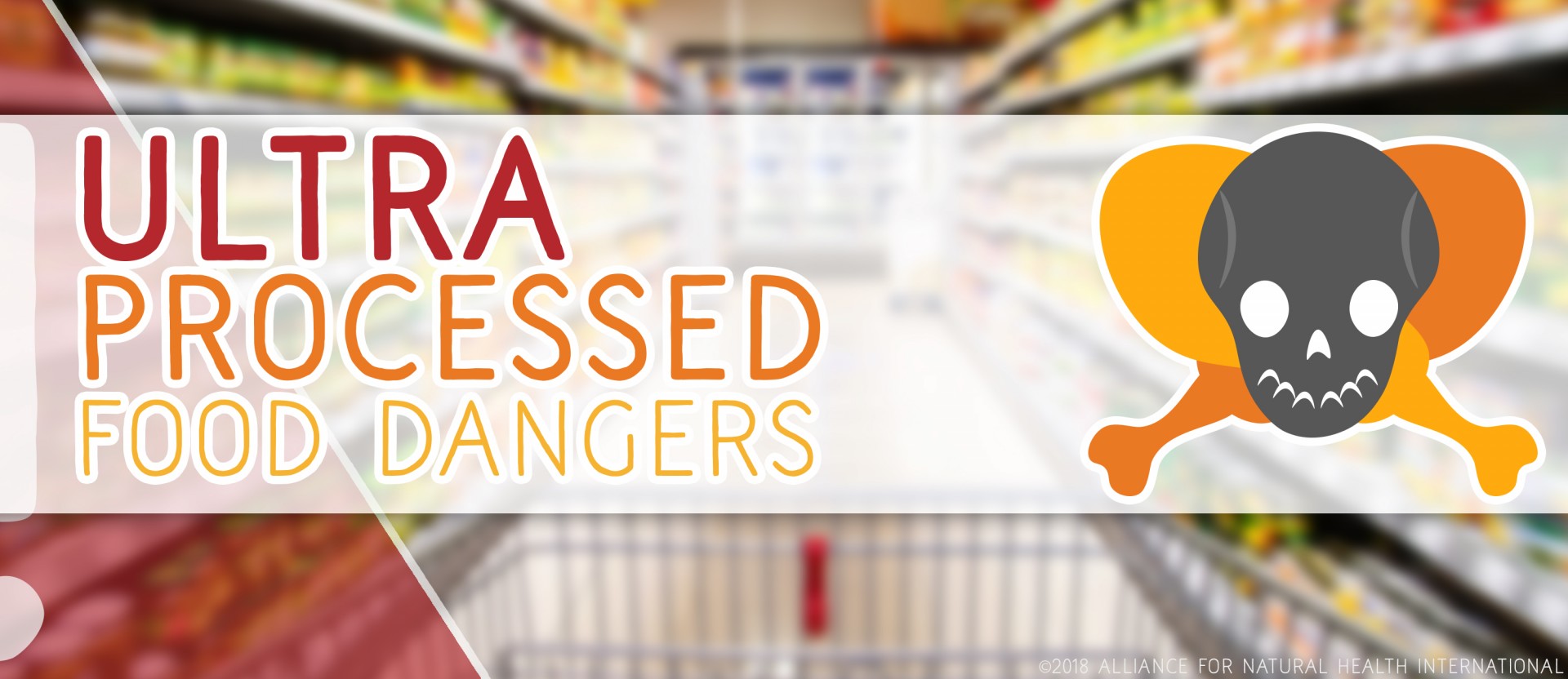
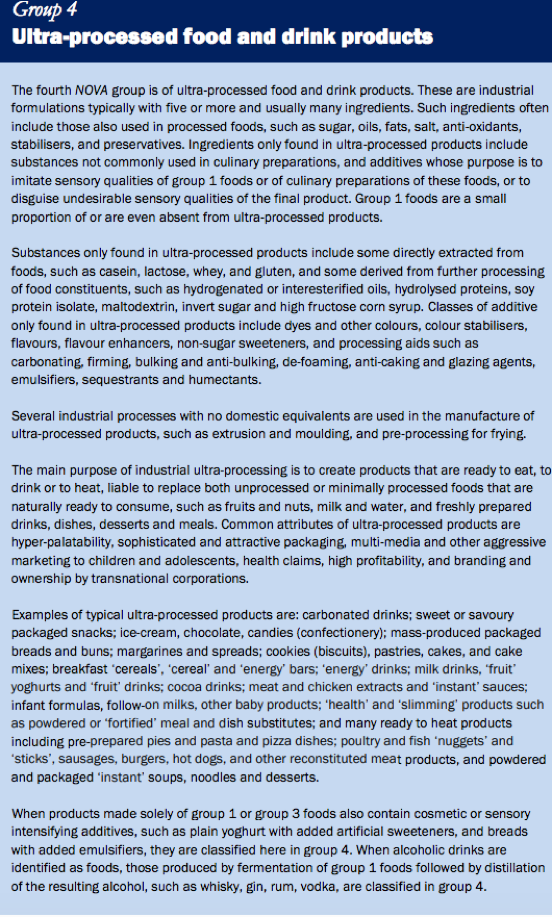

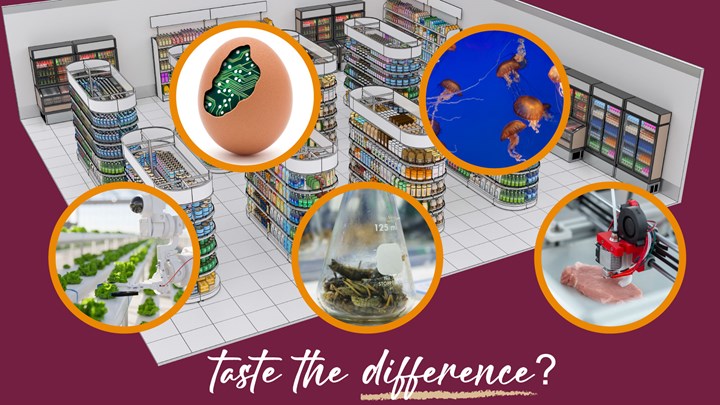
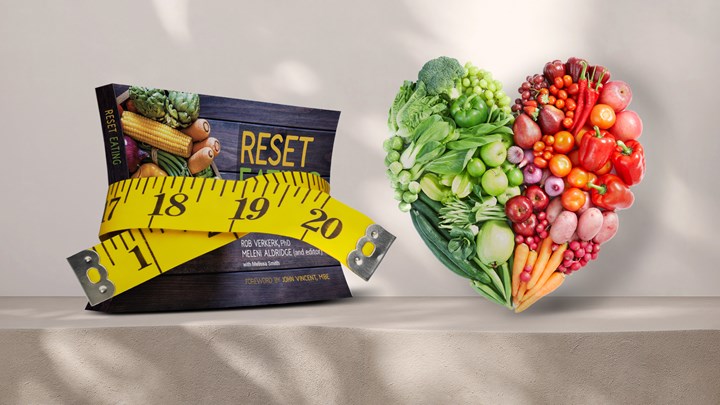
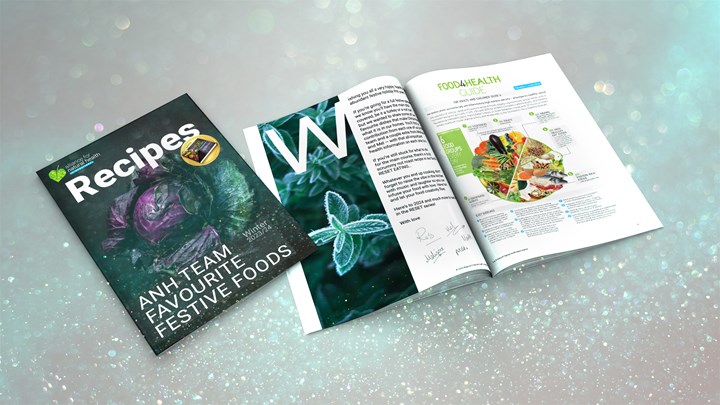
Comments
your voice counts
24 October 2023 at 11:41 am
Thank you for this very helpful and powerful article.
Your voice counts
We welcome your comments and are very interested in your point of view, but we ask that you keep them relevant to the article, that they be civil and without commercial links. All comments are moderated prior to being published. We reserve the right to edit or not publish comments that we consider abusive or offensive.
There is extra content here from a third party provider. You will be unable to see this content unless you agree to allow Content Cookies. Cookie Preferences